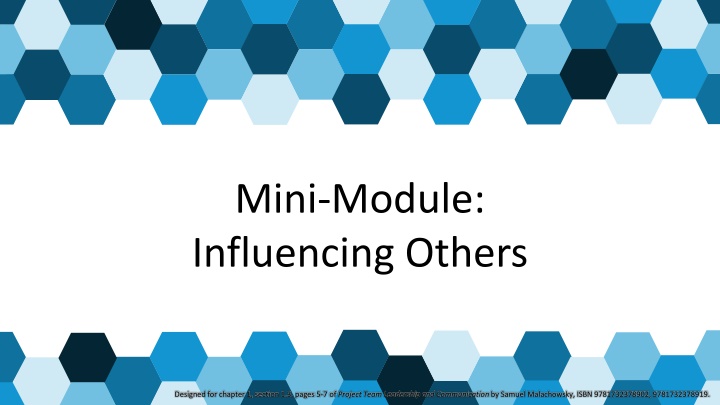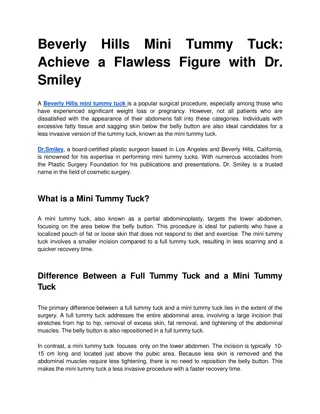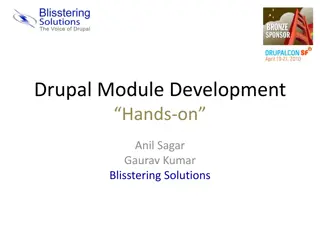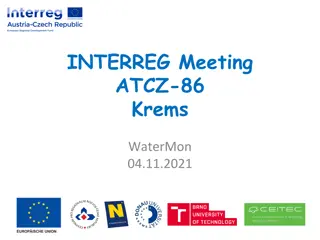
Influence and Leadership Dynamics in Project Teams
Explore the nuances of influence and leadership within project teams, examining the various types of influence and how they align with different leadership styles. Discover how team members can leverage their influence positively to enhance team dynamics and drive project success.
Download Presentation

Please find below an Image/Link to download the presentation.
The content on the website is provided AS IS for your information and personal use only. It may not be sold, licensed, or shared on other websites without obtaining consent from the author. If you encounter any issues during the download, it is possible that the publisher has removed the file from their server.
You are allowed to download the files provided on this website for personal or commercial use, subject to the condition that they are used lawfully. All files are the property of their respective owners.
The content on the website is provided AS IS for your information and personal use only. It may not be sold, licensed, or shared on other websites without obtaining consent from the author.
E N D
Presentation Transcript
Mini-Module: Influencing Others Designed for chapter 1, section 1.3. pages 5-7 of Project Team Leadership and Communication by Samuel Malachowsky, ISBN 9781732378902, 9781732378919.
Influence Not just the leader; All team members have influence on their peers Can be positive or negative Choose appropriate combinations for each peer or team member Being the boss isn t enough
Influence Types Formal / Legitimate Classic title-based position of authority Penalty / Coercive The ability or fear of punishment such as demotion Reward The ability to reward Expert A superior level of skill, experience, or knowledge Referent Based on trust and respect, similar to the influence of trusted family members
Activity Matching Influence to Leadership Leadership Styles Affiliative As individuals or groups, answer the following question: For each leadership style, which types of influence are: 1. Most likely or expected to be used 2. Most likely to be effective 3. Least likely to be effective Authoritarian/Commanding/Autocratic Coaching Democratic Laissez-faire Pacesetting Transformational / Visionary Types of Influence Formal/Legitimate Penalty/Coercive Reward Expert Referent Malachowsky, Samuel. Project Team Leadership and Communication. Lintwood Press. 2018. p. 2-7.






















